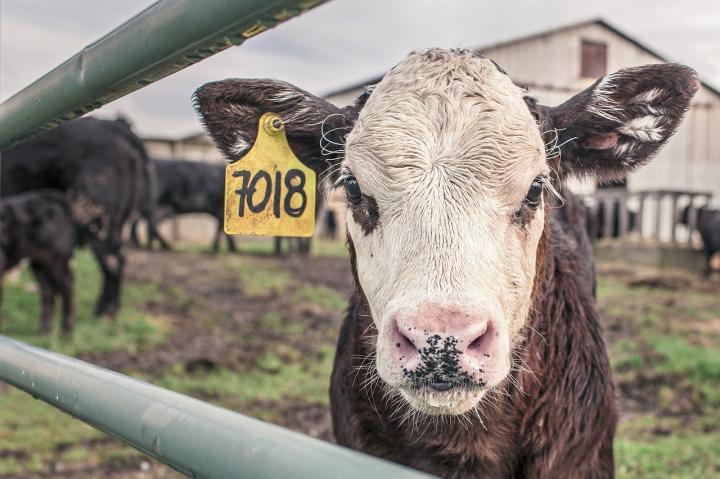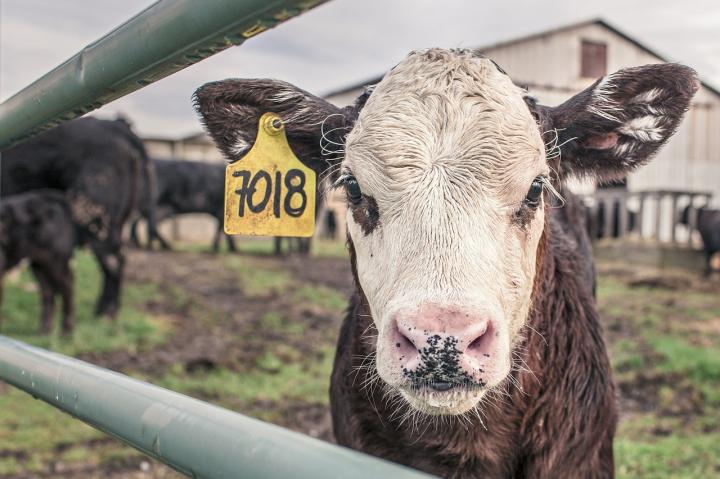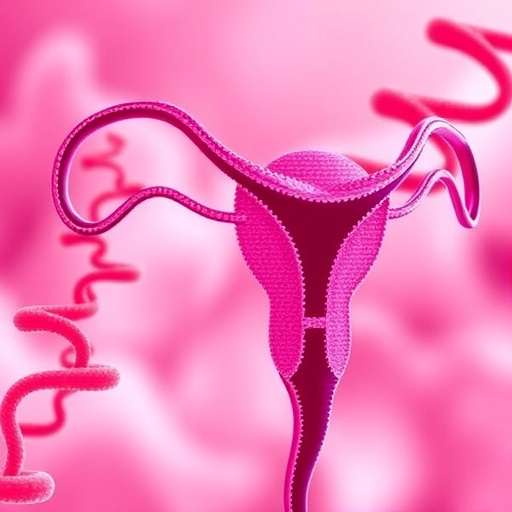
Credit: Ryan McGuire CC0
A new reactive vaccination strategy for future foot-and-mouth disease epidemics shows that significant cost savings can be achieved by accurately identifying our capacity to vaccinate – according to a new study published in PLOS Computational Biology.
During the early stages of outbreaks of foot-and-mouth disease, control measures will be put in place to reduce the risk of disease spread and in an attempt to minimize the economic impact of the outbreak. In the event that there is a significant risk of a large-scale epidemic, reactive vaccination may be introduced in a ring around infected premises in order to reduce the likelihood of onward transmission occurring.
If vaccination is deployed, it is critical to determine the size of the ring that should be used, as this will have a major impact upon the effectiveness of the strategy. However, the ability to determine what the ring size should be is complicated by a range of uncertainties surrounding vaccination, including the number of animals that can be vaccinated per day, the time delay between an animal becoming vaccinated and that animal acquiring immunity and the vaccine efficacy (or the likelihood that a vaccinated animal will becoming immune to infection).
Researchers have developed a mathematical model that determines the best vaccination strategy that should be implemented in the presence of this uncertainty. The model shows that if it were possible to resolve all uncertainty prior to the introduction of control, savings of £55 million in outbreak costs could be expected; with a reduction of 221,900 livestock culled and 4.3 days of outbreak duration The model identified that the vast majority of this saving could be found by resolving uncertainty in the number of animals that can be vaccinated per day. 85% (£47 million) of the total cost savings could be achieved if the daily vaccination capacity is known.
This research strengthens the case for the consideration of vaccination as a control measure for future outbreaks. The study concludes that, despite uncertainties in delays to immunity and vaccinate efficacy that may be challenging to resolve, significant cost savings can be achieved simply by accurately identifying our capacity to vaccinate.
While there are many things it is not possible to know in advance about a future outbreak, if the logistical capacity for response is understood, strategies that are optimal and save money can be developed. This research could therefore help livestock disease contingency planners reduce the impact of foot-and-mouth disease outbreaks on the farming community in the future.
###
In your coverage please use this URL to provide access to the freely available article in PLOS Computational Biology: http://journals.plos.org/ploscompbiol/article?id=10.1371/journal.pcbi.1005318
Citation: Bradbury NV, Probert WJM, Shea K, Runge MC, Fonnesbeck CJ, Keeling MJ, et al. (2017) Quantifying the Value of Perfect Information in Emergency Vaccination Campaigns. PLoS Comput Biol 13(2): e1005318. doi:10.1371/journal.pcbi.1005318
Funding: MJT, WJMP and NVB are funded by the Biotechnology and Biological Sciences Research Council grant no. BB/K010972/4. (http://www.bbsrc.ac.uk). NVB, WJMP, KS, CJF, MCR, MJT and MJF are supported by a grant from the Ecology and Evolution of Infectious Disease Programme of the National Science Foundation/National Institutes of Health (Award no. 1 R01 GM105247-01) (http://www.nsf.gov). KS and MJF are additionally supported by National Science Foundation-RAPID grant DEB-1514704 (http://www.nsf.gov). MJT and MJF are supported by the Research and Policy for Infectious Disease Dynamics program of the Science and Technology Directorate, Department of Homeland Security (https://www.dhs.gov/science-and-technology), and the Fogarty International Center, National Institutes of Health (http://www.fic.nih.gov). MJT is additionally supported by the Engineering and Physical Sciences Research Council (EP/P511079/1). The funders had no role in study design, data collection and analysis, decision to publish, or preparation of the manuscript.
Competing Interests: The authors have declared that no competing interests exist.
Media Contact
Naomi Bradbury
[email protected]
############
Story Source: Materials provided by Scienmag





